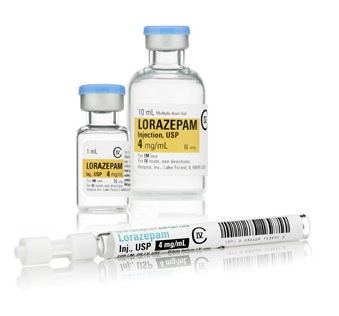Ryan Radecki and Cliff Reid have both already posted this but here’s my two cent
Silbergleit R, Durkalski V, Lowenstein D, Conwit R, Pancioli A, Palesch Y, et al. Intramuscular versus intravenous therapy for prehospital status epilepticus. N Engl J Med. 2012 Feb. 16;366(7):591–600. PMID 22335736
METHODS
- RCT; exempt from consent
- kids and adults with status (reasonable definition)
- for >40kg 10mg IM midaz v 4mg IV loraz
- double blind with dummy IV dose if you were in the IM group and vice versa
- a voice recorder activated when they opened the box and that’s how they got times
- primary outcome was stopping seizures before they got to the ED
RESULTS
- n = 1000
- only two thirds got the therapy in the IV group – 2/3 of these cause they stopped fitting (which suggests 1- they took a long time to get an IV and 2- they probably weren’t status in the first place)
- 73% stopped in IM group, 63% stopped in IV group (this is ITT analysis so it includes all the pts even those who never got the IV meds they should have.)
- note the per protocol analysis was pretty much the same
THOUGHTS
I’m not sure if the doses are equivalent (ignorance rather than suspcicion on my part) but it’s definitely encouraging that is OK to use. Like Ryan I don’t think this is evidence that it’s better given the differences in the numbers who received the drug.


The eye opener in the study for EMS was the dosages used! It’s pretty standard to use 2.5-5mg midazolam IM (or 2.5mg IV) and 2-4mg lorazepam IM (or 2mg IV) in our protocols.
10mg and 4mg right off the bat, now we’re talkin’!
I remember hearing a neurologist chat about status and saying that one of the big issues was people not getting enough drugs. He thought that everyone should be getting to 0.1mg/kg lorazepam (8mg) pretty quickly and he advocated up to 20mg/kg of phenytoin – more like 1.5g rather than the usual 1g that we reflexly hang in the ED.